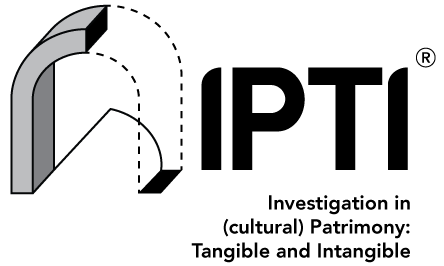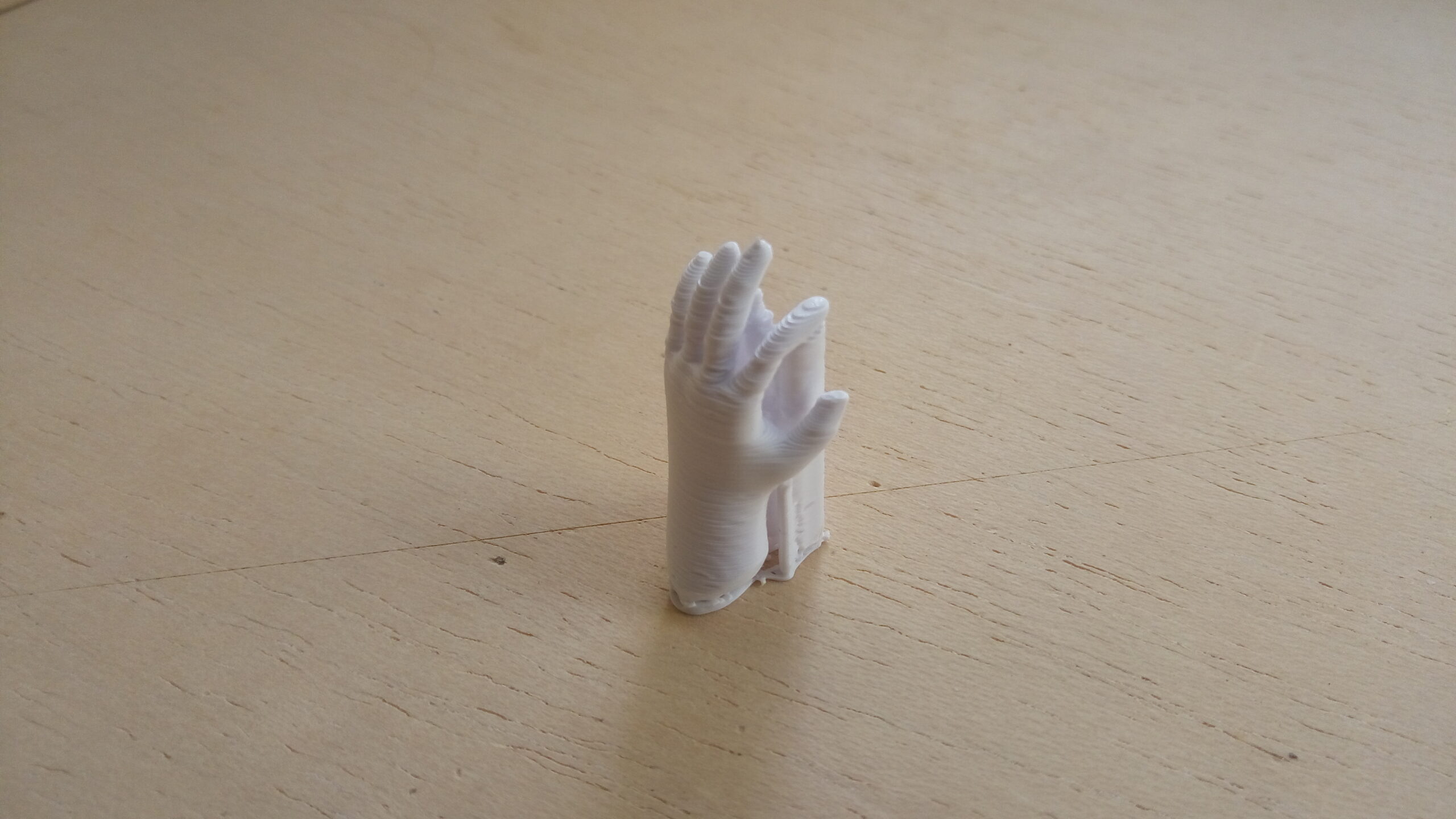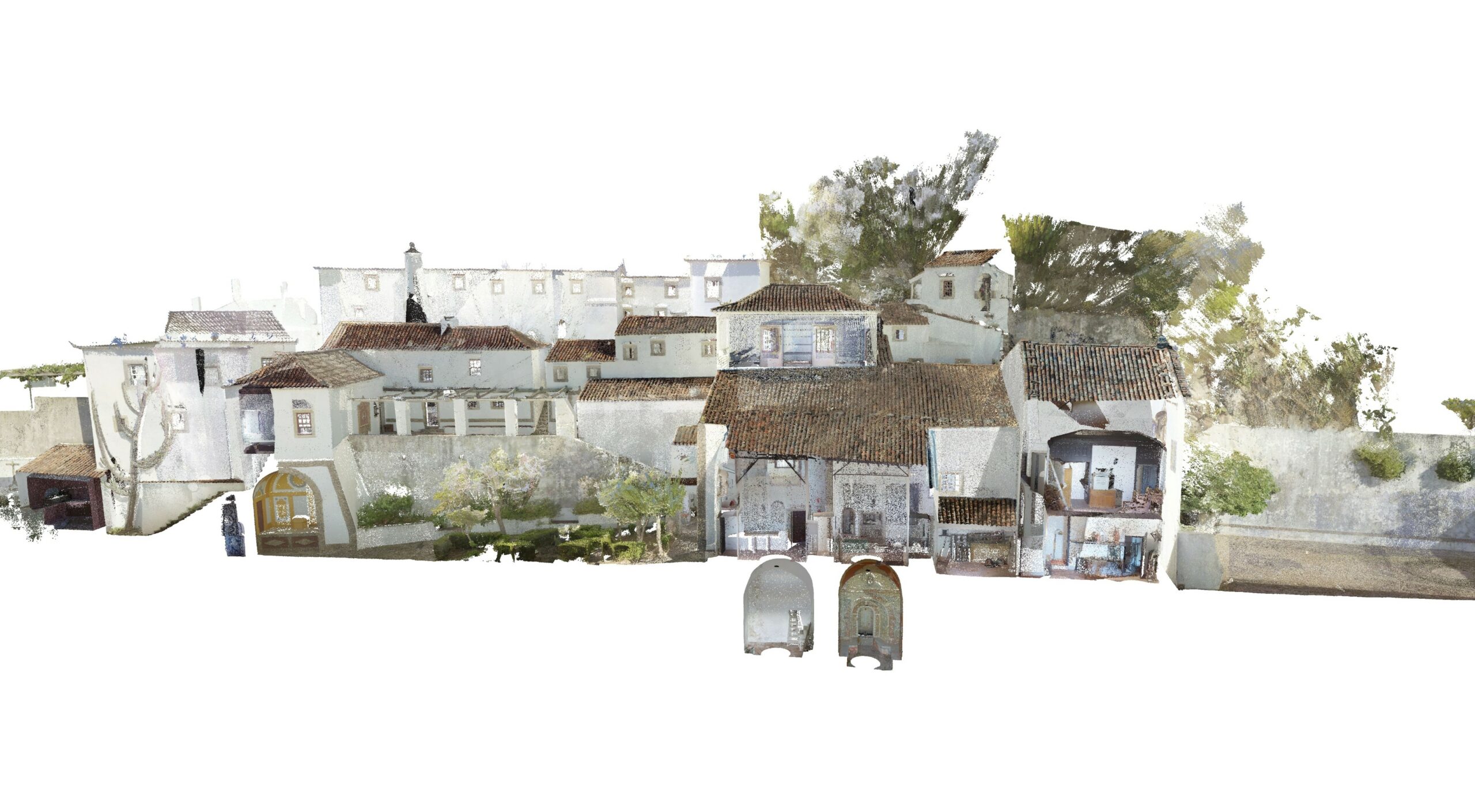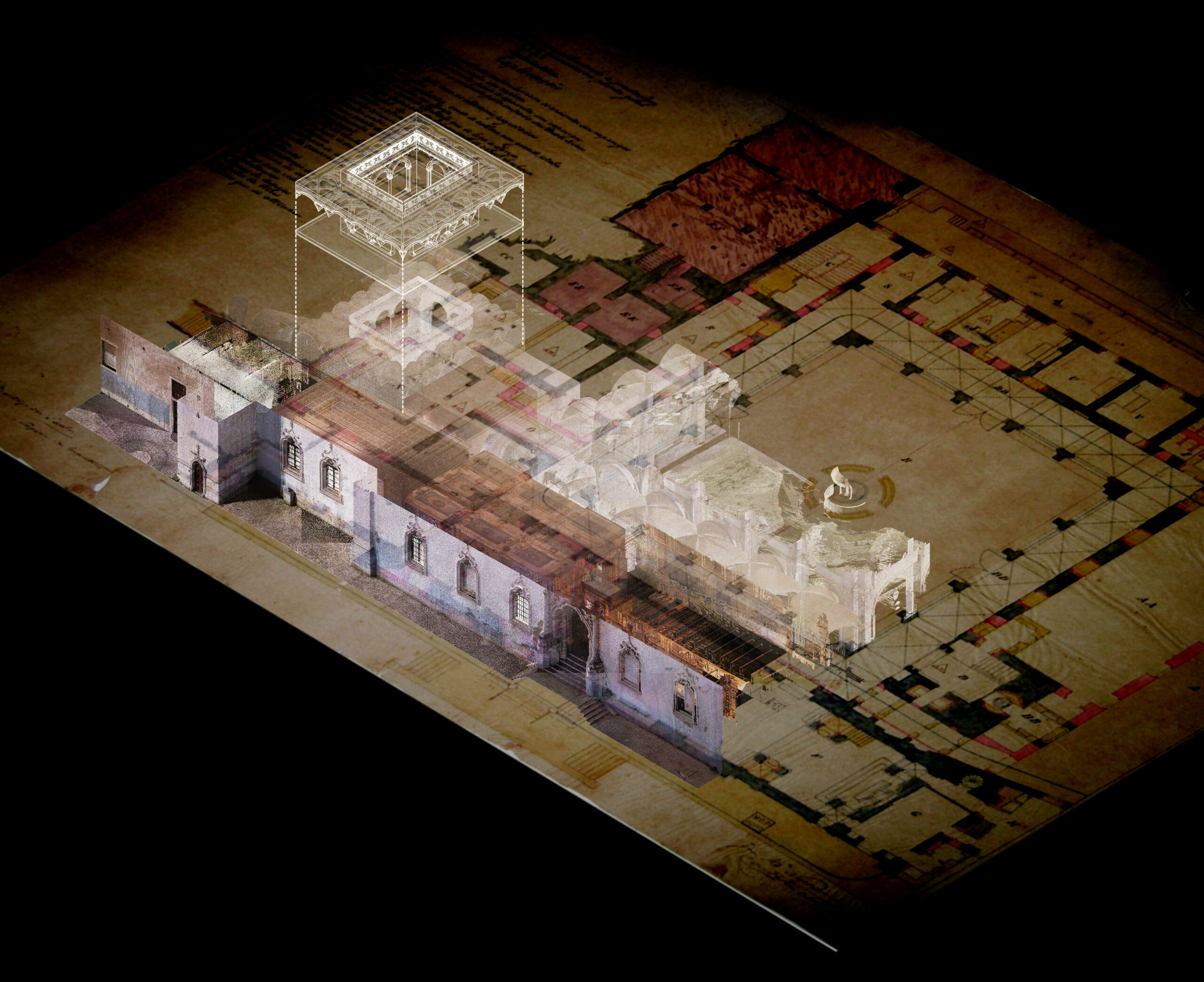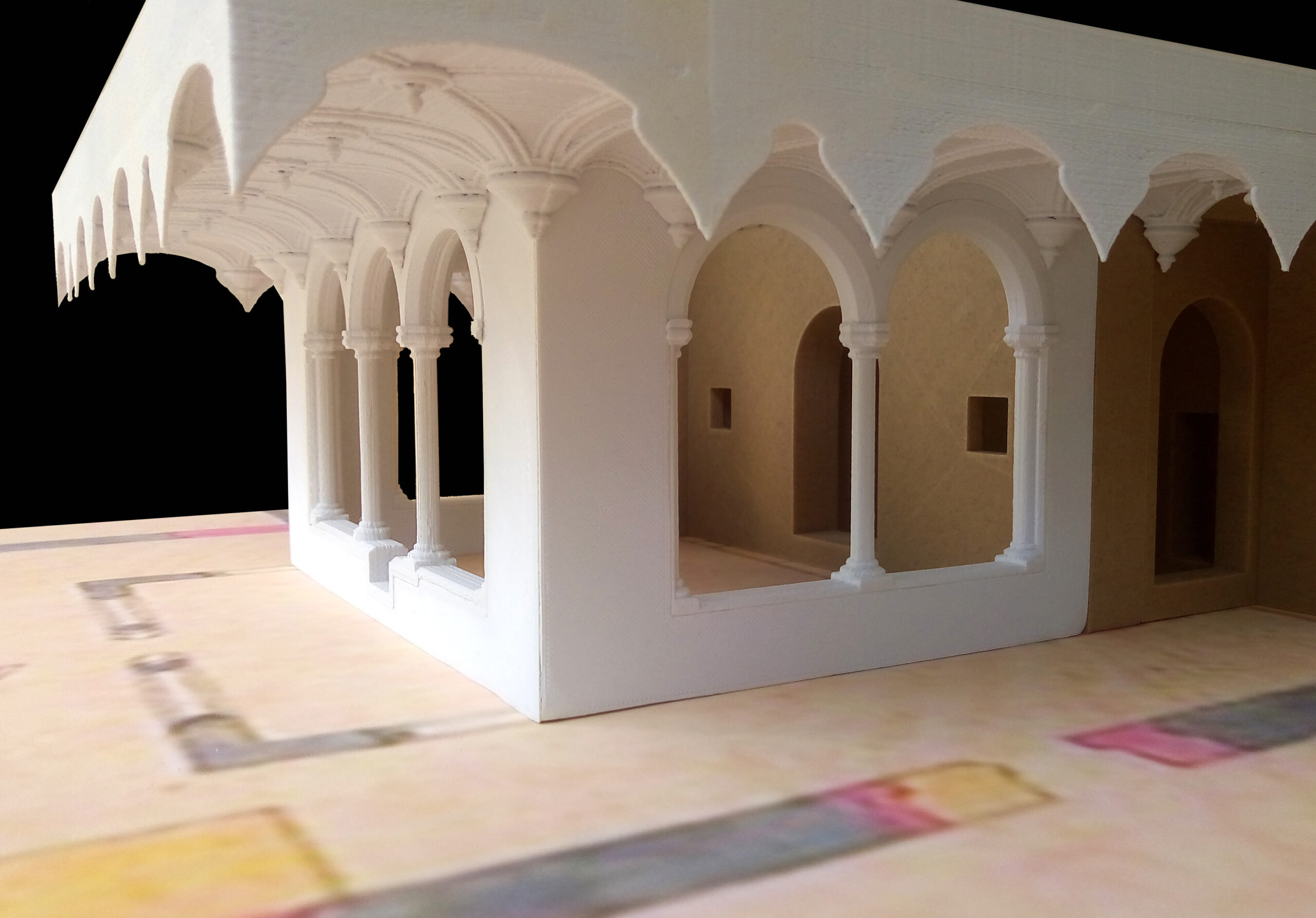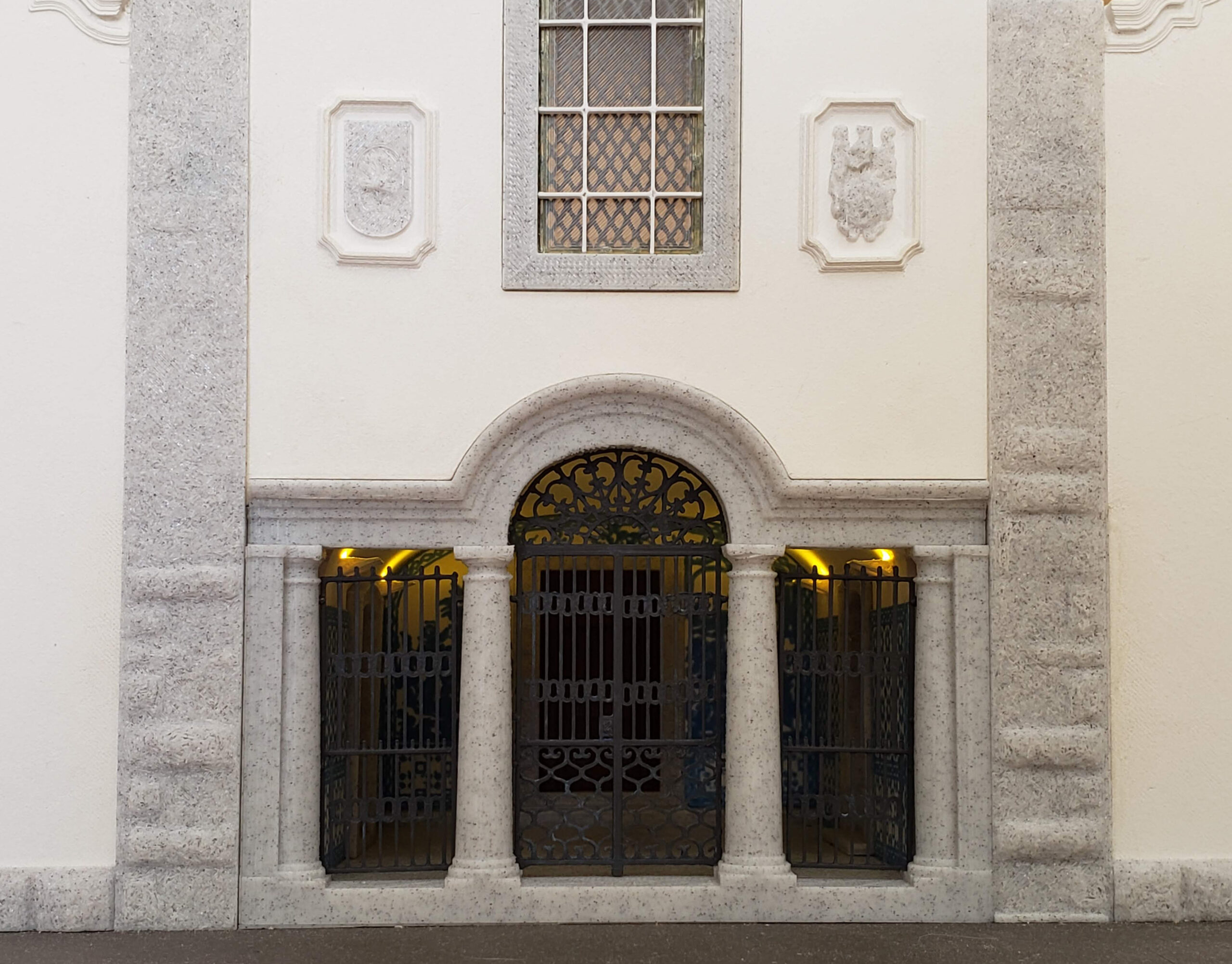
The Reconstruction of St. Auta
In 2019, in our conversations with the Museu Nacional do Azulejo, we were posed an interesting question: is it possible to create a digital 3D reconstruction solely from images found in paintings? The specific figure in question was that of St. Auta, one of the eleven-thousand virgins who accompanied the pilgrimage of St. Ursula (1458-1525). To try to answer this question, we chose to reconstruct our own version of the saint from a painting related to the monastery of Madre de Deus. This painting, titled “Chegada das Relíquias à Madre de Deus” (Arrival of the Relics to the Mother of God) (1522) is part of the altarpiece of St. Auta which was originally comprised of five paintings portraying the arrival of the saint’s relics from Cologne to the primeval Monastery of Madre de Deus.
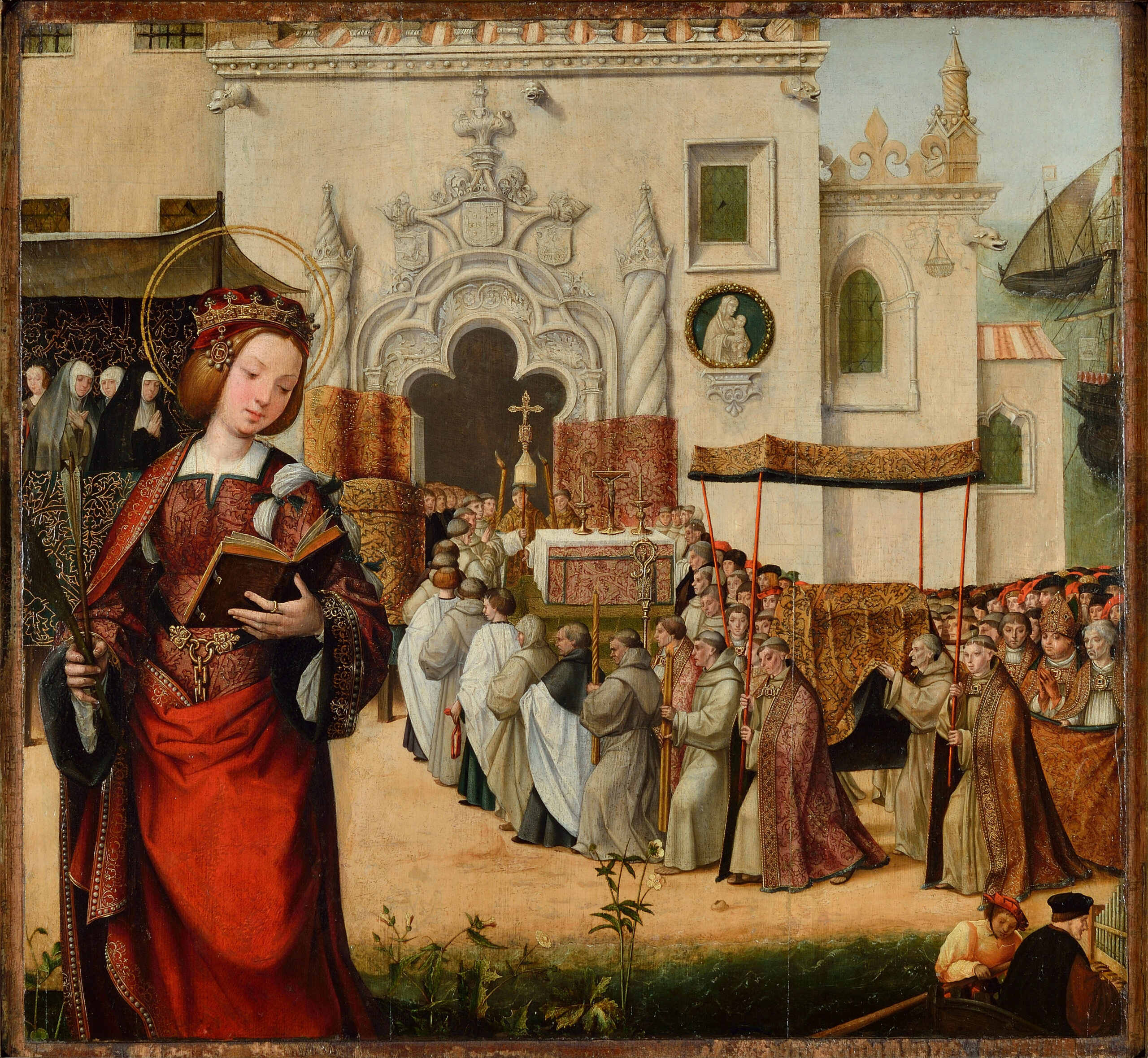
Chegada das Relíquias à Madre de Deus” (Arrival of the Relics of the Mother of God), unknown artist, 1522.
Typically there are two main ways to create 3D objects from a single photo: heightfields created in programs like Rhinoceros 3D and sweeps created in programs like 3-Sweep. In the case of heightfields, the digital mesh created only results in a 2.5D reconstruction because the background of the image is also extruded. In heightfields, each pixel of an image stores elevation values based on colour. Because the depth and colour in a painting are based on an artist’s perception and not necessarily based on real depth, such as the depth recorded in photographs, the results were very irregular. In the case of sweeps in programs like 3-Sweep, the 3D reconstruction of a 2D image is only possible if the object in the image is symmetrical, therefore it is better for capturing objects depicted in profile. Because the figure of St. Auta in the painting is not in profile, this option was not feasible.
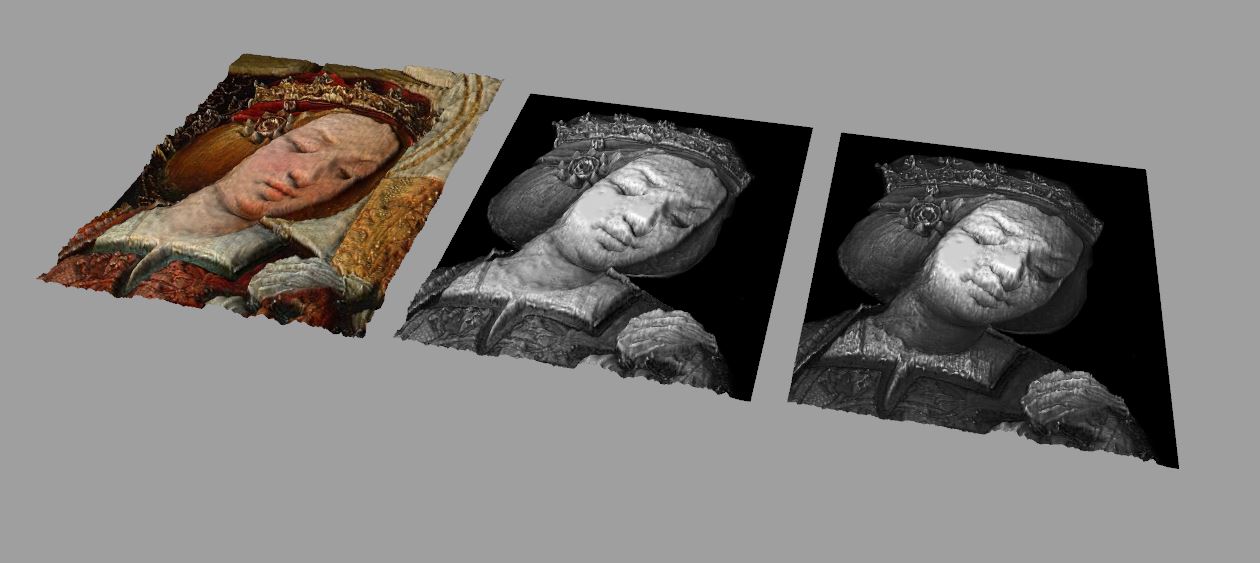
Three iterations of St. Auta using the heightfield tool in Rhinoceros 3D.
The best luck we had was in the 3D selfie app designed by scientists at the University of Nottingham and Kingston University. Their web app allows a user to reconstruct their own face in 3D from uploading a single 2D colour image. While the results of St. Auta were less satisfactory coming from a painting than a photograph, the generated model retained enough of the figure’s geometric proportions that it was possible to use this as a base model.

St. Auta’s face from the 3D selfie app.
Following this rough geometry, the face of St. Auta was smoothed in ZBrush where we continued modelling the majority of the figure. ZBrush is a professional program for high-resolution digital sculpting used by artists in film and videogame production. In the program, a reference image can be inserted as a transparent layer in front of the sculpting area. From this we were able to capture facial expressions, general proportions of the figure as well as intricate details of the clothing and jewelry from the painting. While this greatly facilitated the modelling process in some ways, many difficulties arose while attempting to translate object depth and capturing some of the complex physical gestures expressed by the artist. For example, the crown was difficult to interpret literally from the painting because its shape would produce an ovular rather than circular base. For this, the crown was re-interpreted as a series of repetitive symmetrical units around a circular base. Because of this, modelling the crown required a more hybrid approach. The head of the saint was imported into Rhinoceros 3D and the crown was modelled within this program to more easily control the geometry. Another example was the relationship of the left hand, book and arm. Here, the difficulty of matching the position expressed in the painting into a 3D object resulted in some discrepancies between the two representations which we hope to resolve in future iterations of the figure. Because the final model did not result from an automated process, the results are perhaps less “scientifically” accurate than originally hoped. Despite this, learning ZBrush has proved beneficial in many ways. The tool will greatly advance our digital editing capacity for photogrammetric meshes and the modelling of 3D figures for our other digital reconstruction projects.

Final model of St. Auta in ZBrush.
Following the digital modeling phase, we explored the FFF (Fused Filament Fabrication) process to test workflows suitable for 3D printing figures. The main challenge – to produce a figure that could reproduce the intricate details of the digital model – was to minimize, as much as possible, the need for supports during the printing process.
The figure has many prominent, overhanging parts, such as the arms and hands, as well as the objects they hold; and, in the delicate part of the face, the chin and the prominence of the nose are noteworthy. The existence of supports, especially on the face, should be avoided, because we run the risk of disfiguring the expression when removing them.
To do this, the model was segmented. The hands and objects (book and arrows) were made autonomous and holes were created to later fit the hands to the main model. The position of the models during the printing process is, also, another relevant factor to minimize supports.
Therefore, the horizontal position – from the back – proved to be the most advantageous, as it also allowed for the preservation of the vestment details, concentrated on the front of the figure.
The test performed considered a 15cm high figure and generic printing parameters (e.g., extruder 0.4mm; layer height 0.2mm; infill 10%) aiming to minimize printing time, which, despite everything, still lasted for 6h 18mn.
St. Auta model being 3D printed horizontally with supports at the back of the model.
St. Auta model after 3D printing.
Separated 3D printed hands of the St. Auta model.
The details of the vestments were imperceptible, and although the general geometry was registered, it was possible to conclude that it will be advantageous, in future tests, to decrease the height of the printing layers, aiming for a smoother and more continuous surface finish, and eventually to increase the size of the figure.
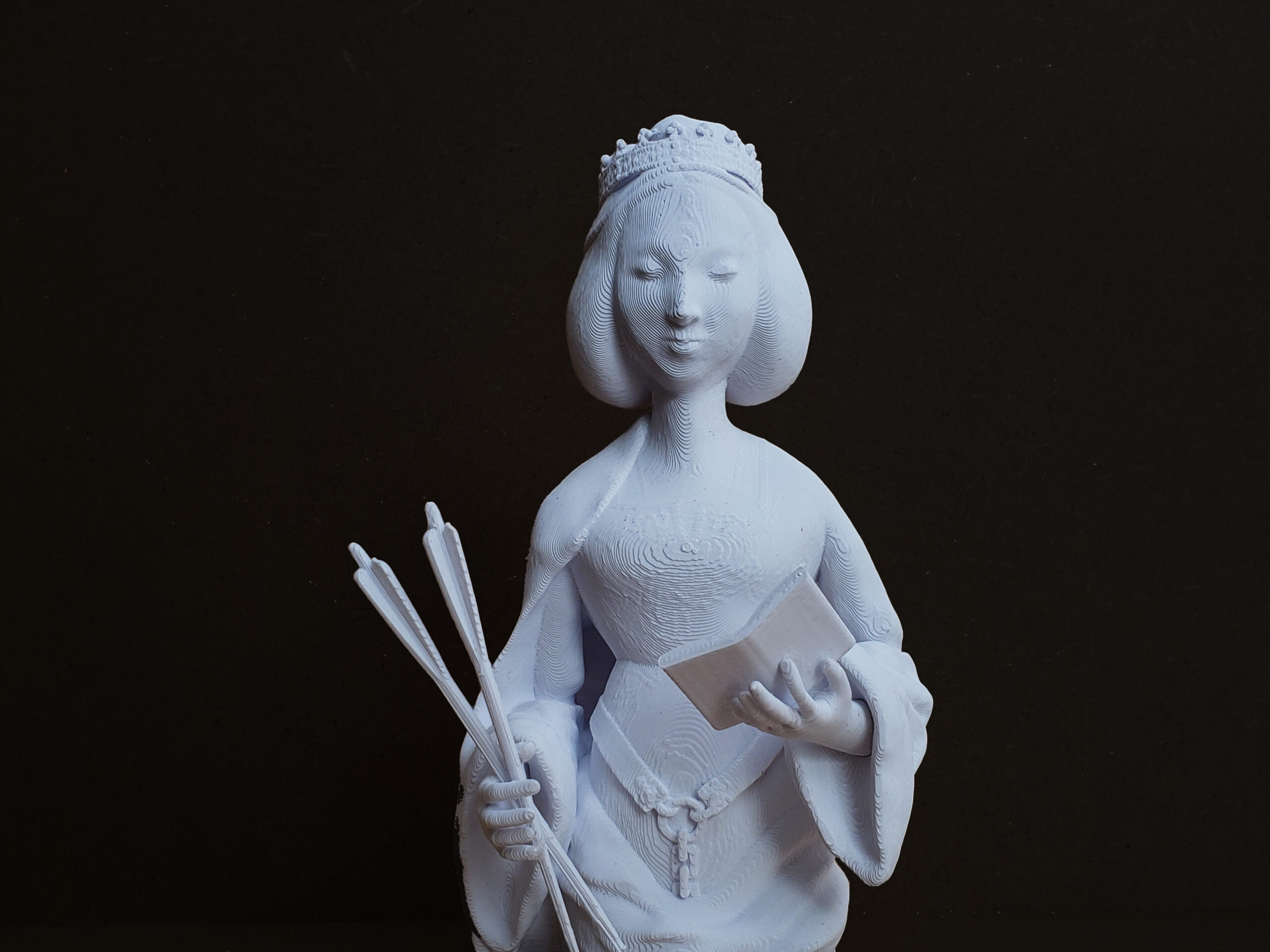
Final 3D printed model of St. Auta.
In the spirit of gift giving captured in the original painting, our sculpture of St. Auta was brought as a gift to the museum. The sculpture accompanied our preliminary 3D printed model of a reconstruction of the 16th century small cloister. We hope that in the near future our work can contribute to public gatherings in the museum as the relics once did.
